#parismayterm
Explore tagged Tumblr posts
Text
Both, And
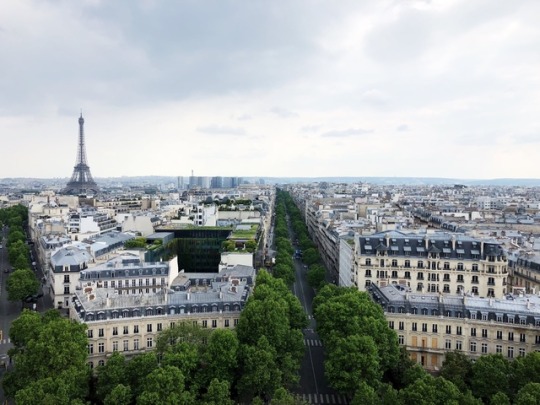
What I love most about Paris so far is that it is a place of juxtapositions. This may seems strange to admire, but this “gray” personality of Paris, how she says she’ll be not black OR white in anything— any opinion, any stance— speaks to my artist heart that always sees the world in the most colourful gray, in an attempt to find the middle ground between extremes.
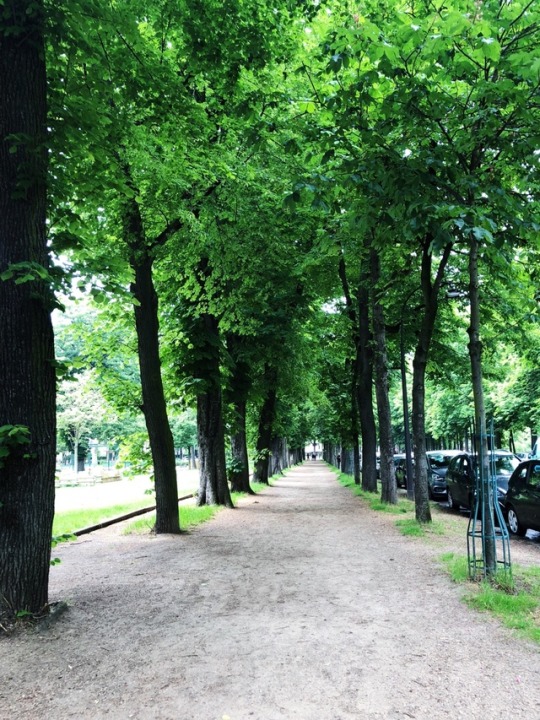
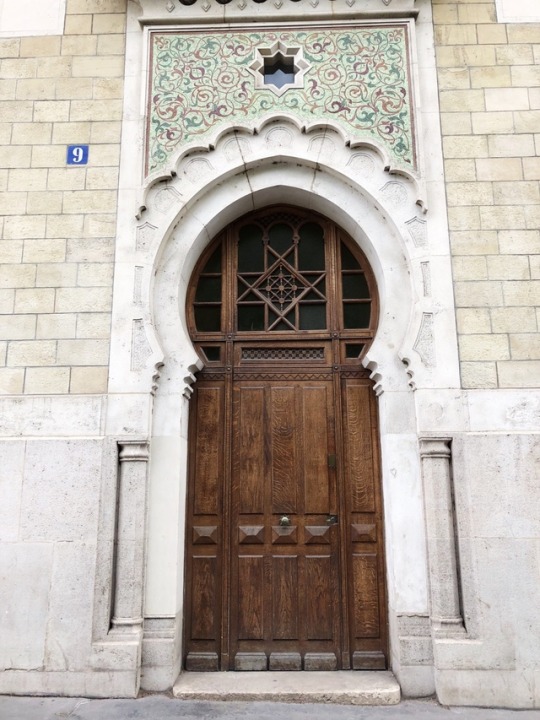
The phenomenon of being a place of such juxtaposition rings odd and inviting—odd mostly because of the differing anecdotes I glimpse being lived out before me on a day to day basis while staying here. Inviting because each of these lived stories almost beckons me to look closer, to pay attention.
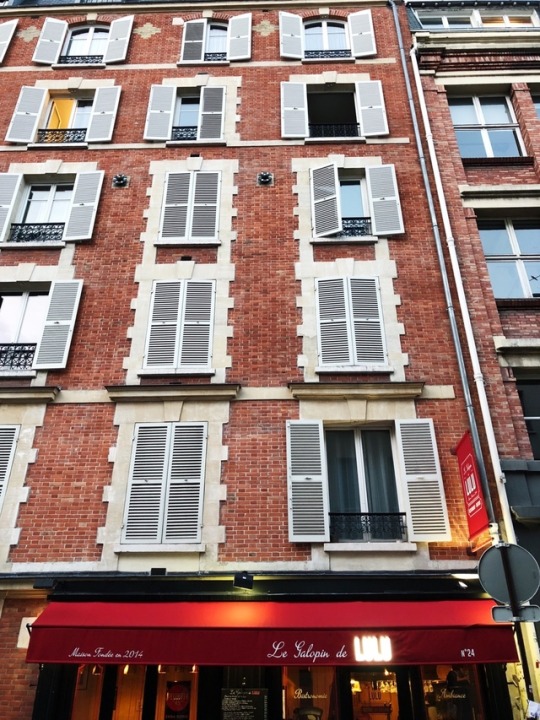
Just the other day we walked along the winding narrow streets of the 11th on the way to dinner (barely enough room for one person, let alone three, on the sidewalks!), while hours before we had stared wide-eyed at the open and majestic Haussmann-style boulevards emanating outwards from the Arc de Triomphe.
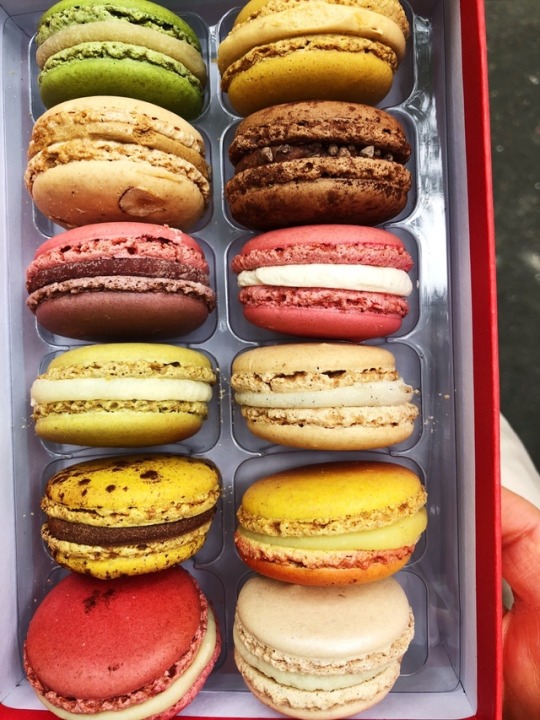
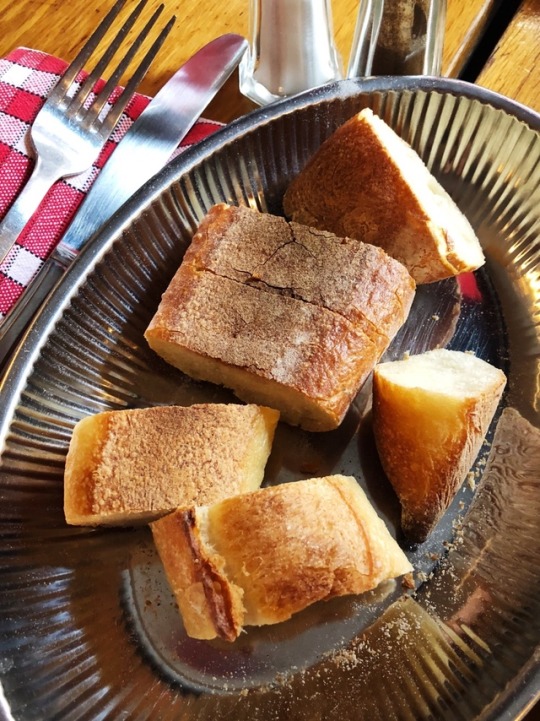
This same day we strolled down the Champs-Élysées and bought perhaps the most expensive (yet also the most delicious) macrons in Paris. The spacious boulevard was packed with shoppers clad in name brand clothes, many tourists, and the poshest shops in all of Paris. As my professor would say, the character of the Champs-Élysées could be described as shi-shi and a bit hoity-toity. We lived this narrative for the afternoon, in a pretend-fantasy-tourist sort of way (my opinions on Champs-Élysées and the wealth of the boulevard and what it stands for in France is a whole different story), yet at dinner later we became the common folk in search of not expensive sweets but simple crusty bread to fill our grumbling stomachs.
At dinner at Les Galopines de Lulu, a quintessentially French bistro, we had the kindest waitor in perhaps all of Paris. He didn’t speak much English, but he took the time to describe each item on the menu and translate it for us. In this tiny bistro, he was the only waitor present and was visibly all over the place, tending to all of the customers, managing multiple tables. One would think he would come to us Americans as stressed out and annoyed at our presence, at our incapability to speak and read French... but he came to us in the most hospitable manner and showed us utmost kindness.
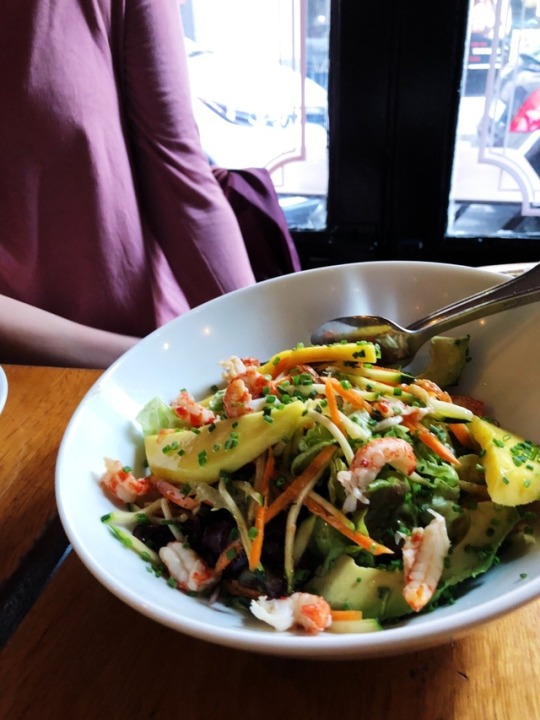
This came as a surprise when just days prior, a friend and I had gone to the grocery store in search of dinner and became the laughing stocks and frustration of all the customers in the shop as we struggled to use the self-check out machines (we thought we knew what we were doing, but it turns out even the self-check outs are different from American ones). We gathered many of the French were annoyed with our floundering, especially one of the store clerks, as he had to come over and assist us at least five times. Outsiders looking in, oui, we are un-French!
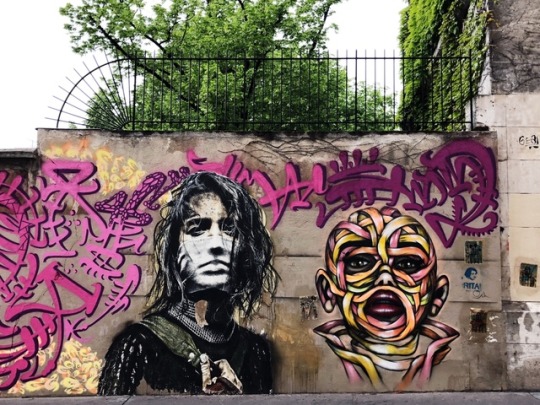
After dinner at Les Galopins, another juxtaposition to our day came about on the metro returning home that evening; we witnessed two homeless people asking for money. They called out loudly on the train while we bumbled along, walking from car to car. Many Parisians stood or sat with eyes glued to the floor, unwilling to help, set on their mission from point A to point B. Yet a few offered a handful of coins to the homeless as they passed by. How can so many in Paris be so wealthy, and also so many be so poor?

I could go on and on... Paris is rich and poor, old and new, quaint and modern, hospitable and cold, filled with young and aged, fast-paced and extremely leisurely, home to many locals and a place of destination for tourists, elegant and dingy, beautiful and ugly, building-filled and park-filled, “French” but also a giant melting pot of people from all over the world, local and metro city, neighbourhood and country, specialised and general, colourful and beige, wide open and small and narrow.
Each day seems to present different moments of juxtaposition and I find myself planted in two stories at once much of the time, fulfilling entirely different, yet related, roles. I am the outsider yet participant in Parisian society, I am confused at what I see must also delighted and inspired.
Through direct experience and immersion in Parisian culture, I am realising Paris comes to me not as a place of either/or, but rather a place of both/and.
Paris walks a fine line between the two ends of the spectrum, doesn’t invite me in all the time to make sense of it all, but every one and a while she whispers and reveals her purpose and personality and I strain to listen. I’ve been here almost a week and I feel as though I have just begun to “meet” Paris, to appreciate her narrative. Already in my mind I am missing her, anticipating my departure, yet kissing the sides of her cheeks in familiar greeting sometime in the future (I can only hope).
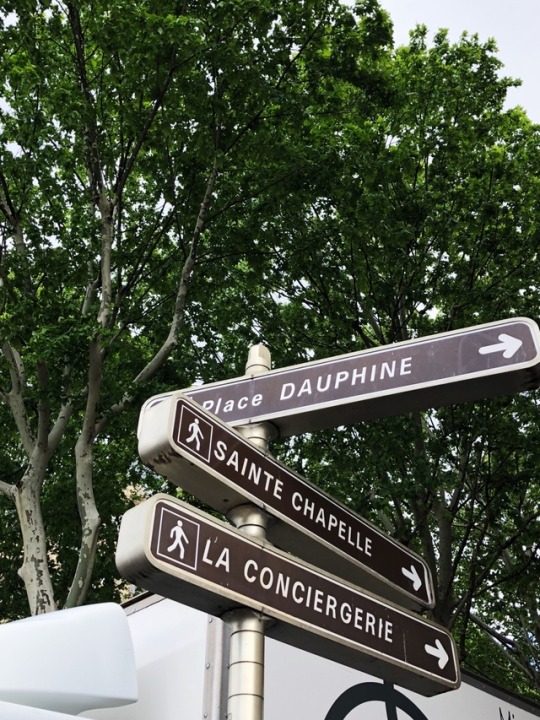
So with the remaining time I have with Paris, I will continue to get to know her. This is all I can do— will it ever stop? Does this “getting to know” ever cease with a particular place? Places forever keep changing, as we do as humans. This concept of continued change between the observed and the observer may even produce a narrative entirely different than what one had experienced a short time prior in a specific place, at a specific time.
Continued change is inevitable, but I must question legacy— what will hold true and constant, if anything, about who Paris is and who I am? I say all this to claim— people and places aren’t that different after all— we may be one in the same: changing, being, welcoming, continuing, living, speaking.
#france#french#hopecollege#hopecollegeparis#paris#parisfrance#parisstories#travel#travelblog#france🇫🇷#paris france#parismayterm#paris2019#parisienne#parisian#parisjetaime
9 notes
·
View notes
Text
Embarking & Welcome
And suddenly, the day is here-- Paris awaits! How strange it is to wake up and look outside and realize that tomorrow my view will be entirely different. Indiana waves goodbye, while from afar the City of Light mouths, “Bonjour.” As my grandpa would say, “You’ve only got to hop across the pond!” (If only it were that easy. Flight nerves are very real this morning!)
For two weeks, I will be staying in Paris as a part of my senior seminar class at Hope College. Thirteen of us will be embarking on this journey together with our two professors. We will be exploring many of the main sites of Paris, like the Louvre, the Palais Garnier Opera, Saint Chapelle, etc., as a group most days, but we will have considerable free time to experience the city ourselves.
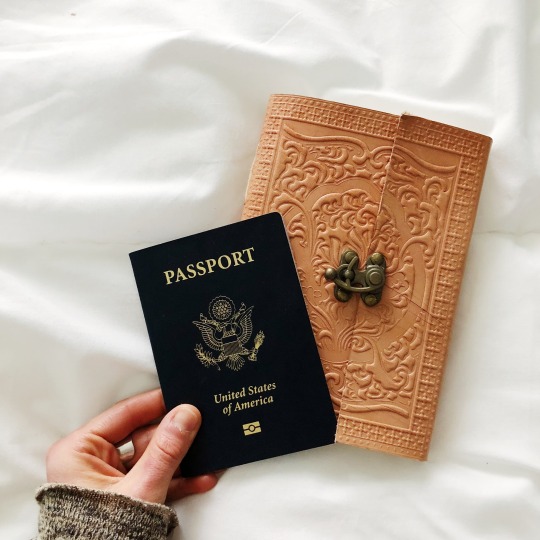
At Hope last week, we intensely studied Paris, Parisian culture, French art, and French history so that we would be able to have this free time, this leisure to explore while in Paris. For what is a trip to Paris without a somewhat leisurely approach? We Americans are always set to go, go, go... (I’ll be fighting this mindset for most of the trip, to be honest-- there’s just SO MUCH to see, yet I must settle and realize that it is impossible to see it all. So I must not try to do the impossible...).
I’m looking forward to seeing Paris in all her glory-- the art, the architecture, the culture, the beauty. My artist heart and dreamer soul will be singing. Yet I’m also seeking to discover the many complexities of Paris, the fissures and imperfections that sometimes do not meet the eye amidst the displayed elegance and drama of the city.
To “meet a place” is to consider all viewpoints, characteristics, and traits within it, through experience and acute observation. This is what I aim to do while I am in Paris. Assertions about the city and Parisian culture I will try to refrain from; rather, I want Paris to take me by the hand and show me around. In quiet reverie I will try to begin to understand this place and culture so different yet innately linked to my own human experience.
I hope you join me in this journey! Follow along for all things Paris-- in this little corner of the internet I’ll be writing about my experience, observations, French art and history, French culture, and so much more. I can’t wait to be in Paris, and I can’t wait to share what I learn and see with you! (Now for the flight-- yippee.)
Welcome to the Paris Collective, friends!
#paris#parisian#paris2019#parisstories#hopecollege#parismayterm#hopecollegeparis#france#french#parisfrance#travel#travelblog#french culture#hopecollegetravel#europe#parisienne
5 notes
·
View notes
Text
Place de la Concorde: peace meets chaotic convergence
If you ever find yourself at the Louvre Museum, walk straight through the Tuileries Gardens (or pause and have a picnic lunch like we did) and you’ll find yourself staring at the largest “place” or “square” of the city: Place de la Concorde. Composed of 21 acres and situated at the end of the Champs-Elysées, it encompasses a large traffic circle (or roundabout to us Americans), and exists as one of the busiest places in Paris. It is interesting to note that Place de la Concorde is not really a “place” at all in the traditional sense (aka being a “square” in shape and function), but is actually an octagon. Yet like other places or squares, this octagon connects multiple parts of the city together.
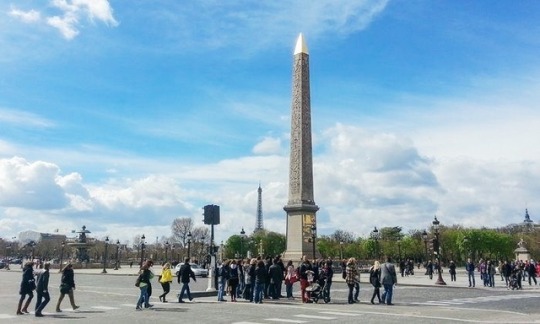
(Above: Place de la Concorde on a sunny spring day; image courtesy Archeology Travel)
Sensory Overload
Approaching the Place de la Concorde, I immediately was overwhelmed by the chaos of the traffic. Cars and motorcycles and mo-peds and buses whizzed by, one after other, in what seemed like a continuous blur. They honked and hounded one another. Some passed me by so fast I felt my breath catch in my throat. The sound of human voices, native to the Louvre and the Tuileries, was swallowed up by the rushing vehicles. My ears hurt as sirens rang out and wind slashed with each passing car.
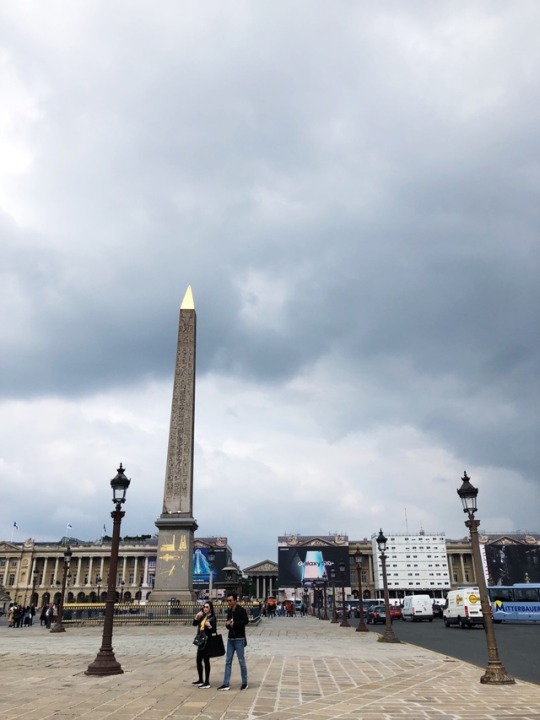
Standing at the entrance of the Place from the Tuileries, I felt as though all of my senses were on high alert...Place de la Concorde presents in equal quality elegance and extreme danger. I found myself struggling to simultaneously appreciate the elegance, purpose, and design of the place while also being aware of my fast-moving surroundings.
As I glimpsed the famous Luxor Obelisk and two monumental fountains across the street, I wondered how one could get up close to experience them— the traffic functioned as a barrier to the monuments. The only way, it seemed, was to risk my life crossing the street. Others were doing it-- couldn’t I?
Off I went.
In that moment I found myself crossing perhaps busiest crosswalk in all of Paris above ground, praying that my legs would carry me safely to my destination. I crossed successfully, thank goodness-- it wasn’t until the following day that our professors told us never to cross the pedestrian crosswalk to reach the center of the Place de la Concorde— it turns out there is an underground access point... let’s just say I completely understand their recommendation...
The View
Finally at the center of the place, the view offered me glimpses of several prestigious destinations and monuments of Paris. Turning in a circle, from this single point I could see clear down the Champs-Elyées to the Arc de Triomphe, through the Arc du Carousel to the pyramid and entrance to the Louvre, across the way to two twin mansions on either side of the opening to rue Royale (Hotêl de la Marine and Hôtel de Crillon), along with (of course) the Obelisk and two fountains closest to me. Mimicking the circling traffic around me, I continued to turn in circles to take it all in. The Place de la Concorde functioned as an impeccable space of convergence and chaotic interaction for Paris.

A Bloody Past
This first time experiencing the Place, I had forgotten of the history of it until I found myself stepping on a plaque of commemoration beneath the base of the Obelisk. The plaque mentioned the guillotining of Louis XVI and Marie Antoinette during the late 18th century. Surrounded by the elegance and beauty of the buildings and monuments around me, it was difficult for me to reconcile with the fact that where I stood used to be a place of brutality, death, and destruction. More than 1,300 people lost their lives here during the thirteen-month Reign of Terror, which was part of the French Revolution and ended with the execution of Robespierre in 1794.
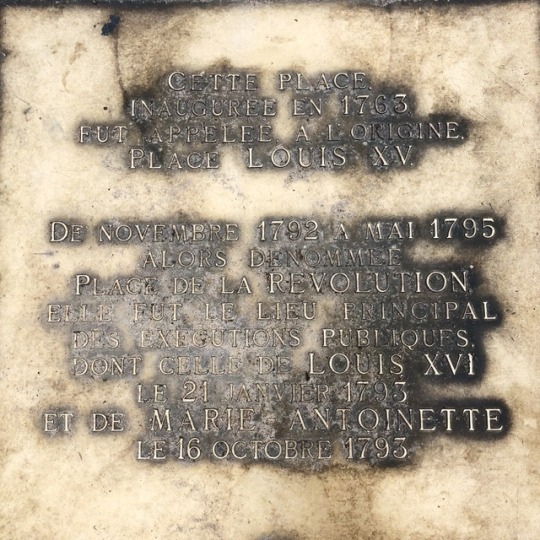
During this time period of mass killing, the Place was known as Place Louis XV. In fact, the octagon was originally created as a place to commemorate Louis XV (along with the absolute monarchy of France as a whole) by featuring an equestrian sculpture of Louis XV. Bouchardon carved the sculpture while Ange-Jacques Gabriel designed the square, er-- octagon. Yet the royal statue fell in 1792 as the French Revolution had gained full force in France at the time. By 1793 Louis XVI had been executed, with his wife soon to follow.
A Place of Peace?
After the Revolution, the Place was renamed Place de la Concorde, which means “harmony and peace”, in the hope of a better future. I laugh at this; while surely no executions have taken place here since the Revolution, the Place exists as one of the most chaotic, loud, over-stimulating destinations in Paris--and still a very dangerous site, albeit in an entirely different way.
In these terms, the name of the Place and the primary function of the Place juxtapose each other. A place of true peace? Nice try, Paris... head to Monet’s waterlilies at Musée de l'Orangerie instead... but the termination of execution is a great renovation.
DIY Renovation- Louis Philippe Style
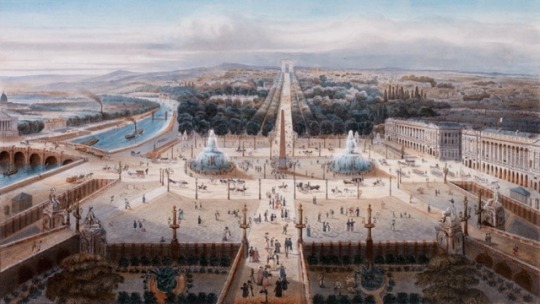
(Above: Place de la Concorde in the 19th century; Image source: Auktionshaus Zeller/Wikicommons)
In an attempt to turn the bloody legacy of Place de la Concorde around, Louis Philippe I (French King from 1830-1848) focused on renovation through decoration, installing the Luxor Obelisk and two fountains.
The Obelisk
The Obelisk, which is from the ruins of the Temple at Luxor, was no easy feat to get to Paris. Given as a gift in 1831 by Mohammed Ali Pasha, the Viceroy of Egypt, it made an excruciating trip. In some instances, ditches and pathways had to be dug for it to safely be transported. Four years later, Place de la Concorde had a new focal point, as the Obelisk was erected on October 25, 1836.

Made of pink granite, the Obelisk is 3,300 years old and stands 75.5 feet tall as Paris’s oldest monument. Covered in hieroglyphics, it indicates national time, functioning as the largest sundial in the world.
The Two Fountains

Working constantly to complete them by 1840, twelve sculptors created the two fountains in the center of the Place. Louis Philippe meant serious (and expensive!) business as he went about redecorating and redefining the Place.
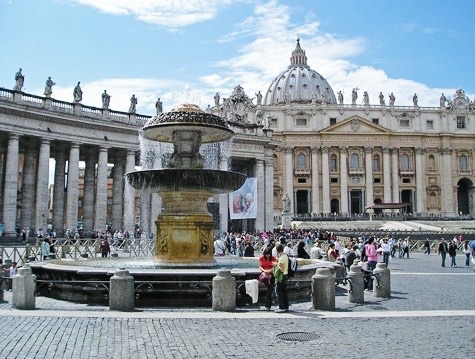
(Above: the Vatican fountain at St. Peter’s Square in Rome, Italy; image courtesy RomeItaly.ca)
The two fountains were inspired by the fountains at St. Peter’s Square in Rome, Italy. Surrounding the fountains are eight statues representing eight different French cities: Brest, Lyon, Rouen, Lille, Strasbourg, Marseille, Bordeaux, and Nantes.

Lasting Impressions
Even though it functions as a busy, dangerous, and noisy traffic circle, Place de la Concorde exists as a significant place of remembrance. Its elegance and importance are not lost, as many reputable events take place here every year, such as the “home stretch” of the Tour de France and the Bastille Day military parade led by the president.
I’ll remember Place de la Concorde for the incredible view and history lessons it offered me. Who knew one place could be indicative of so much history and feature so much art (indeed, there are many such places in Paris, it turns out!)?
For me, this Place has reiterated the idea of art as a mode of transformation. The design of a space impacts form, function, representation, and one’s interaction with it. Spaces carry meaning and convey messages; art (in this case, sculpture) can be the mode of speaking these messages, changing the narrative, and impacting a legacy.
...
And... I have something to admit: during my visit to the fountains, my friends and I may have done something a little questionable: we threw coins into the fountains and made a wish.
Au revoir!
(Sources: Michelin Paris Guide and Paris Insider’s Guide Website; all photos mine unless noted)
#france🇫🇷#france#paris#entry4#parismayterm#hopecollege#parisstories#parisfrance#parisian#parisienne#hopecollegeparis#travel#travelblog#travelparis#wanderlust#placeparis#placedelaconcorde#obelisk
1 note
·
View note